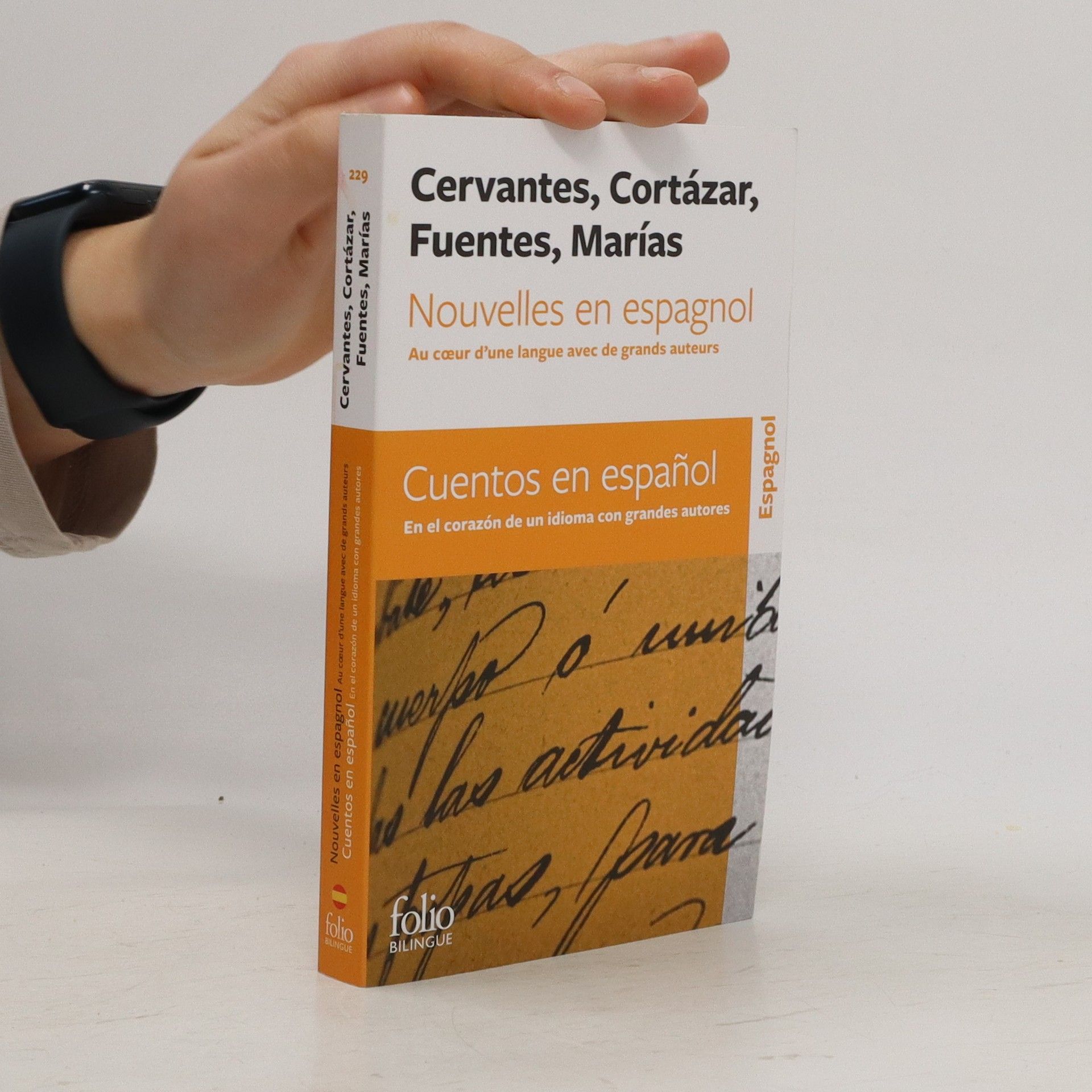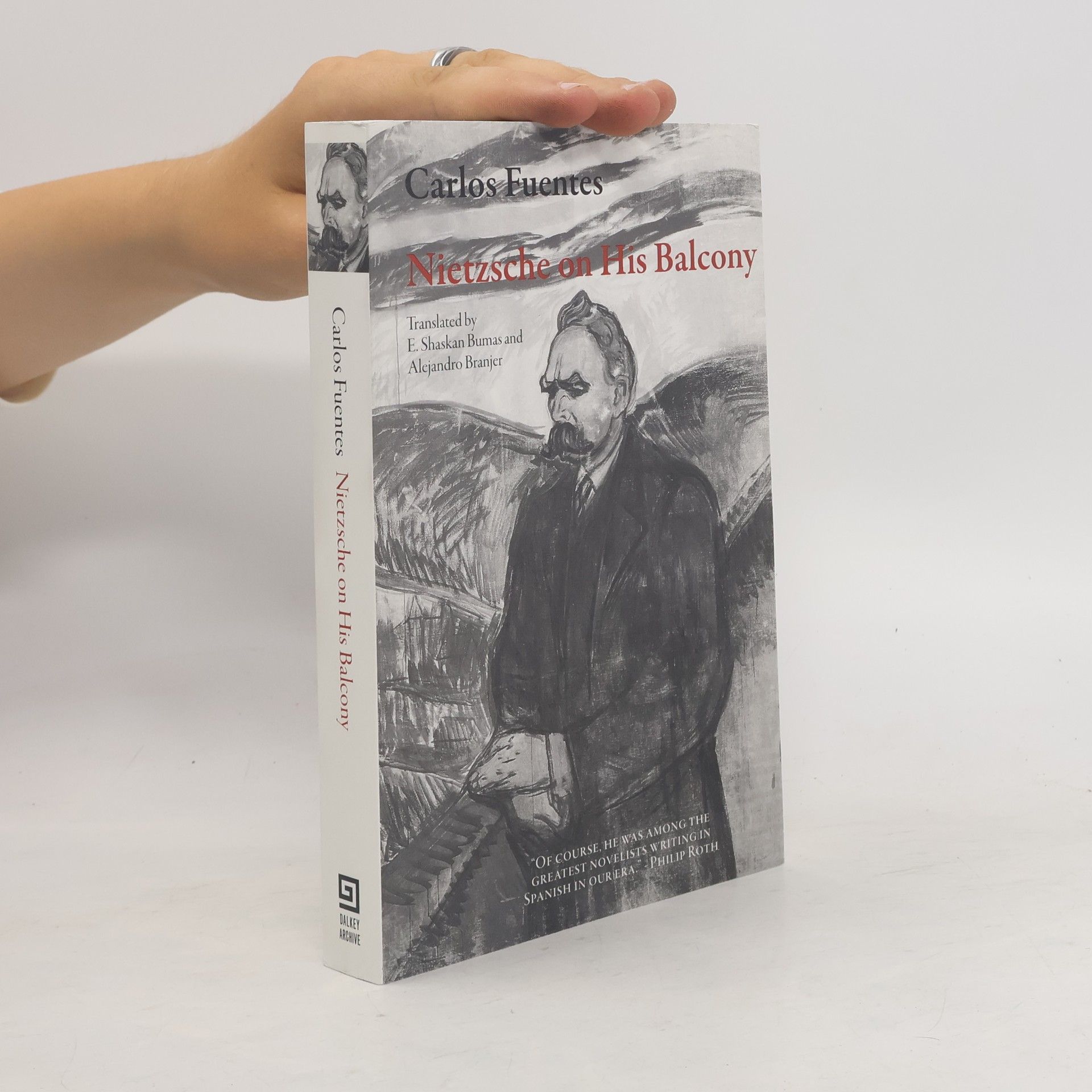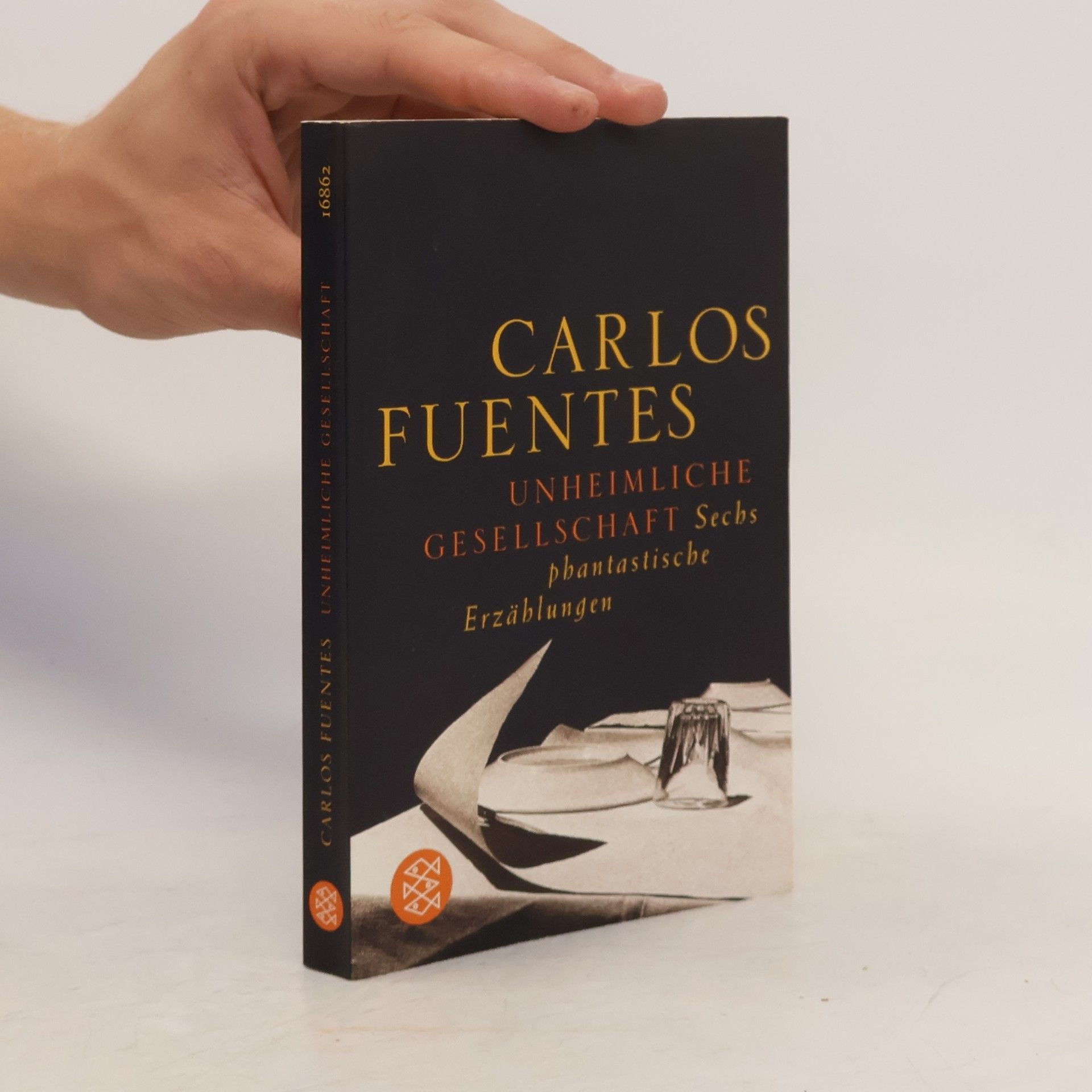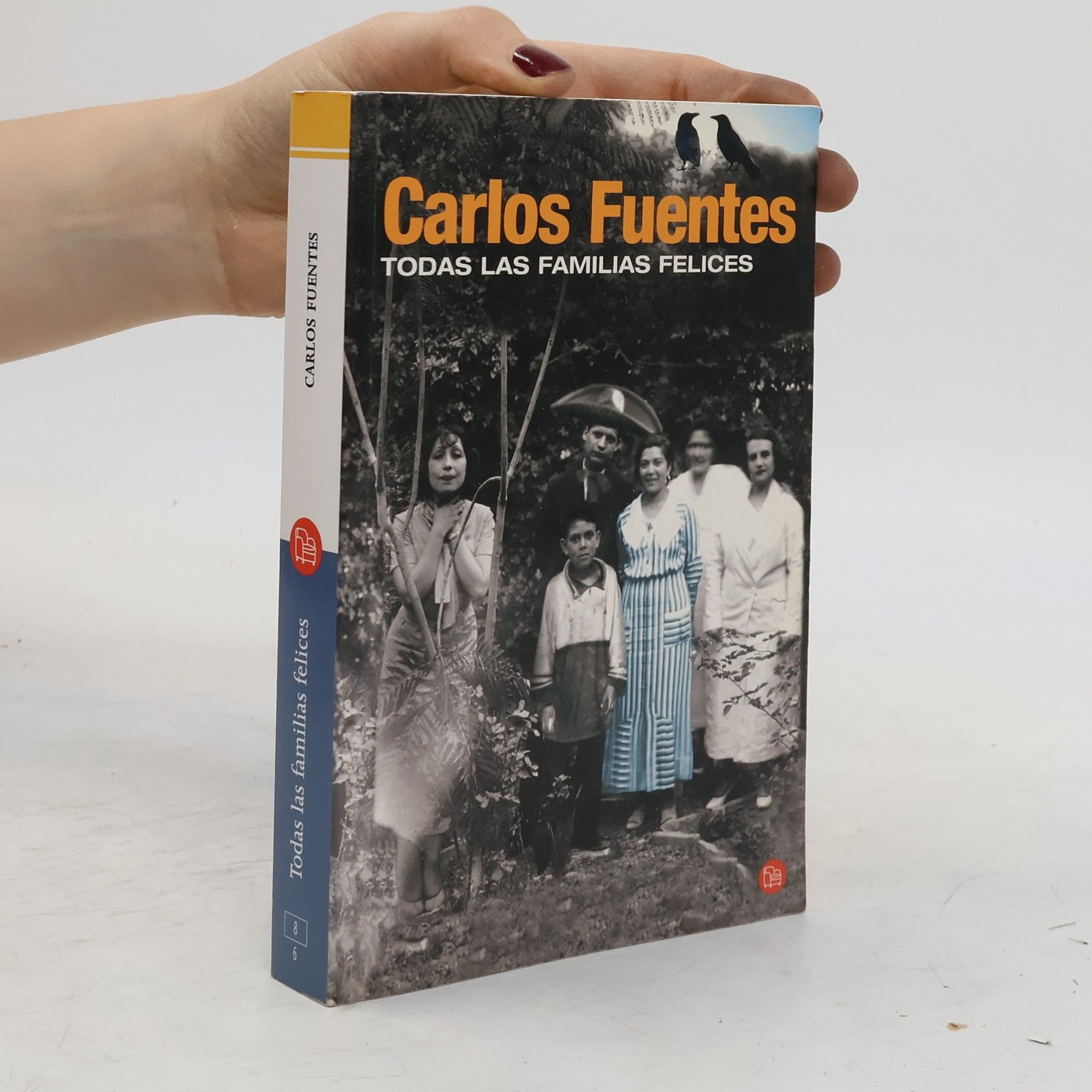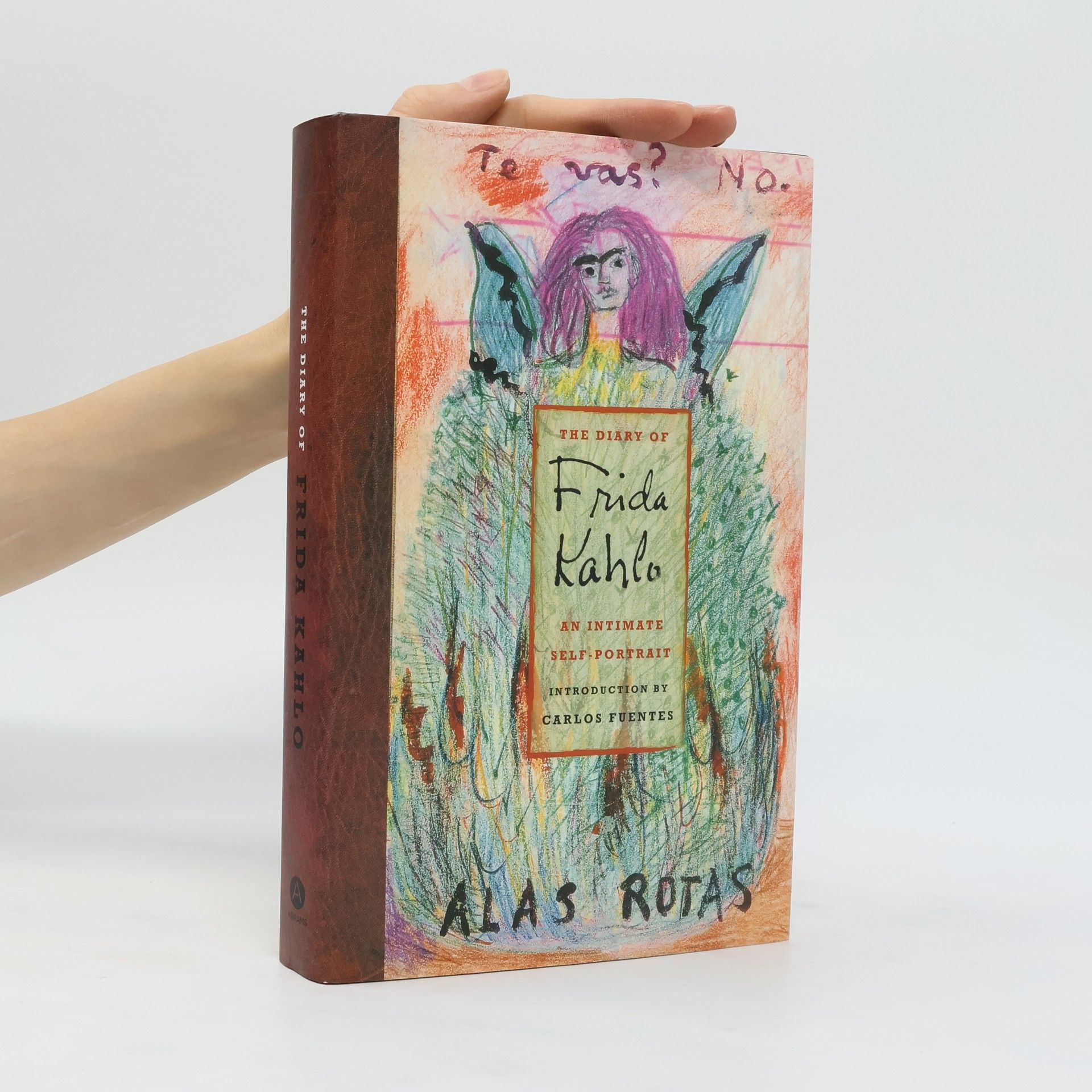Carlos Fuentes explora en sus ensayos la locura de Don Quijote, quien, al creer en la justicia como su deber, desafía la realidad. Compara obras como Don Quijote y Finnegans Wake, invitando a una lectura rebelde que transforma nuestra percepción del mundo, creando universos alternativos llenos de vitalidad y fantasía.
Carlos Fuentes Book order
Carlos Fuentes was a towering figure in Latin American literature, renowned as a novelist and essayist whose work profoundly shaped the literary landscape of the Spanish-speaking world. He possessed a remarkable ability to weave intricate narratives that explored the complexities of Mexican identity, history, and social dynamics. Fuentes's prose is characterized by its intellectual rigor and stylistic elegance, offering readers deep insights into the human condition. His influential voice continues to resonate, cementing his legacy as one of the most significant literary minds of the 20th century.



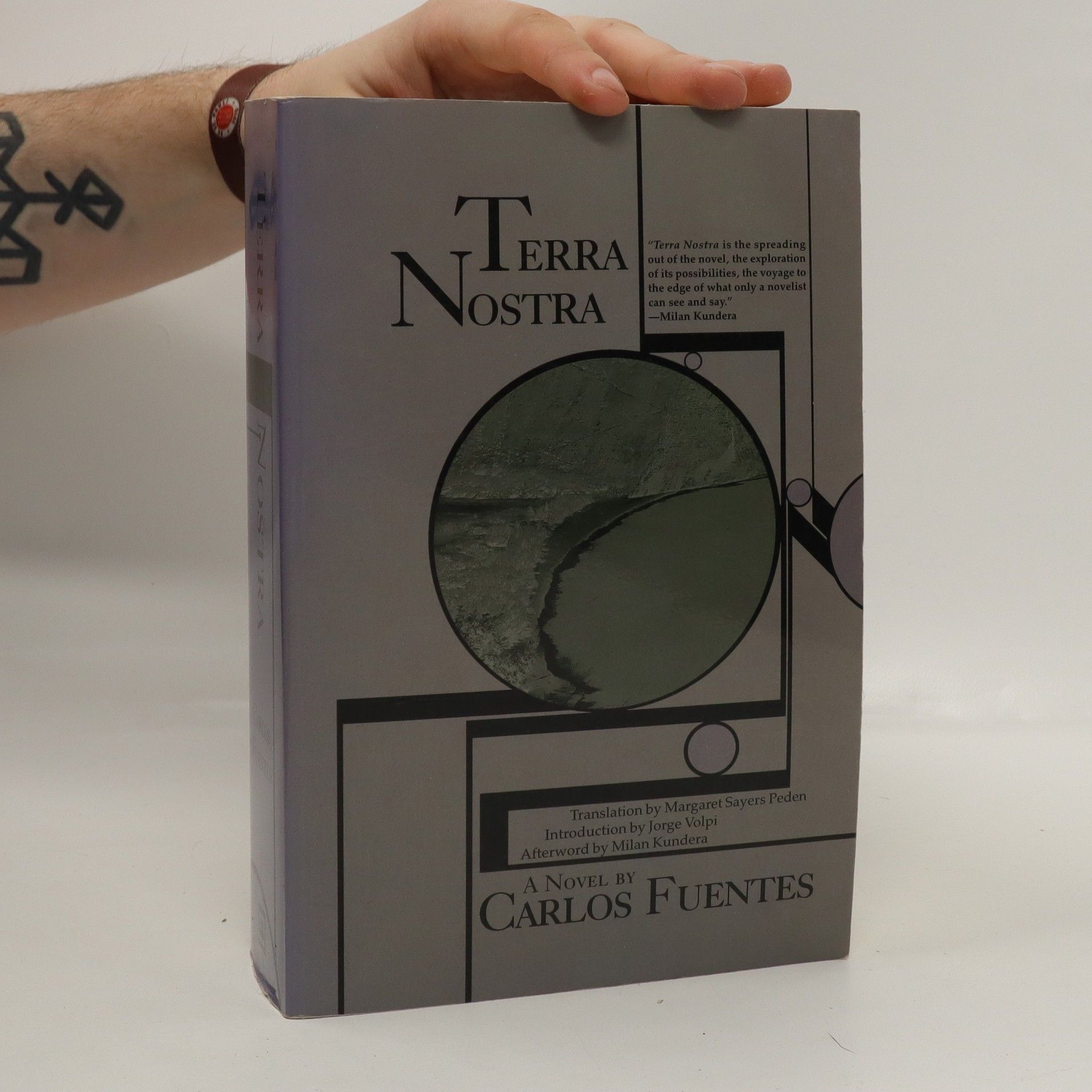
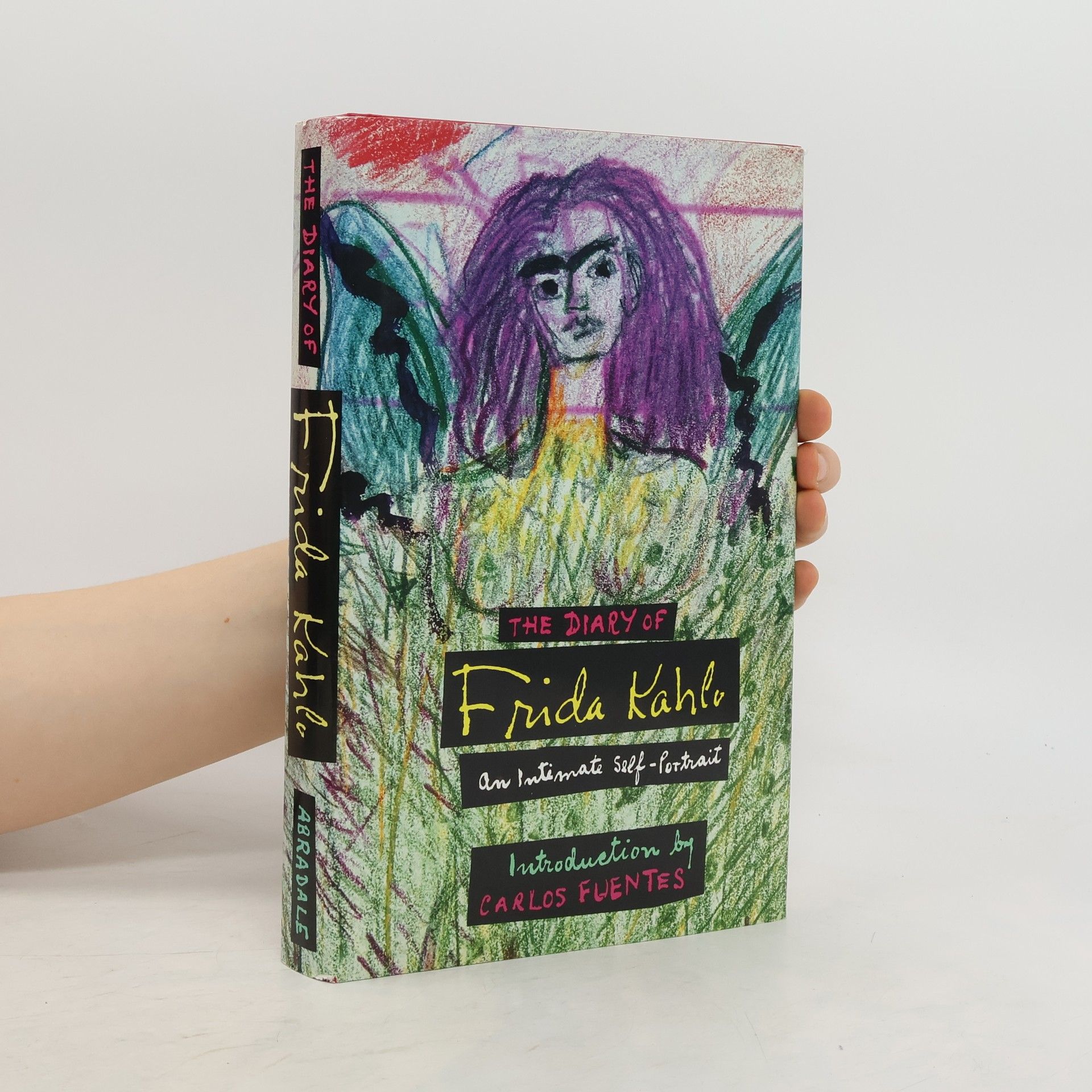

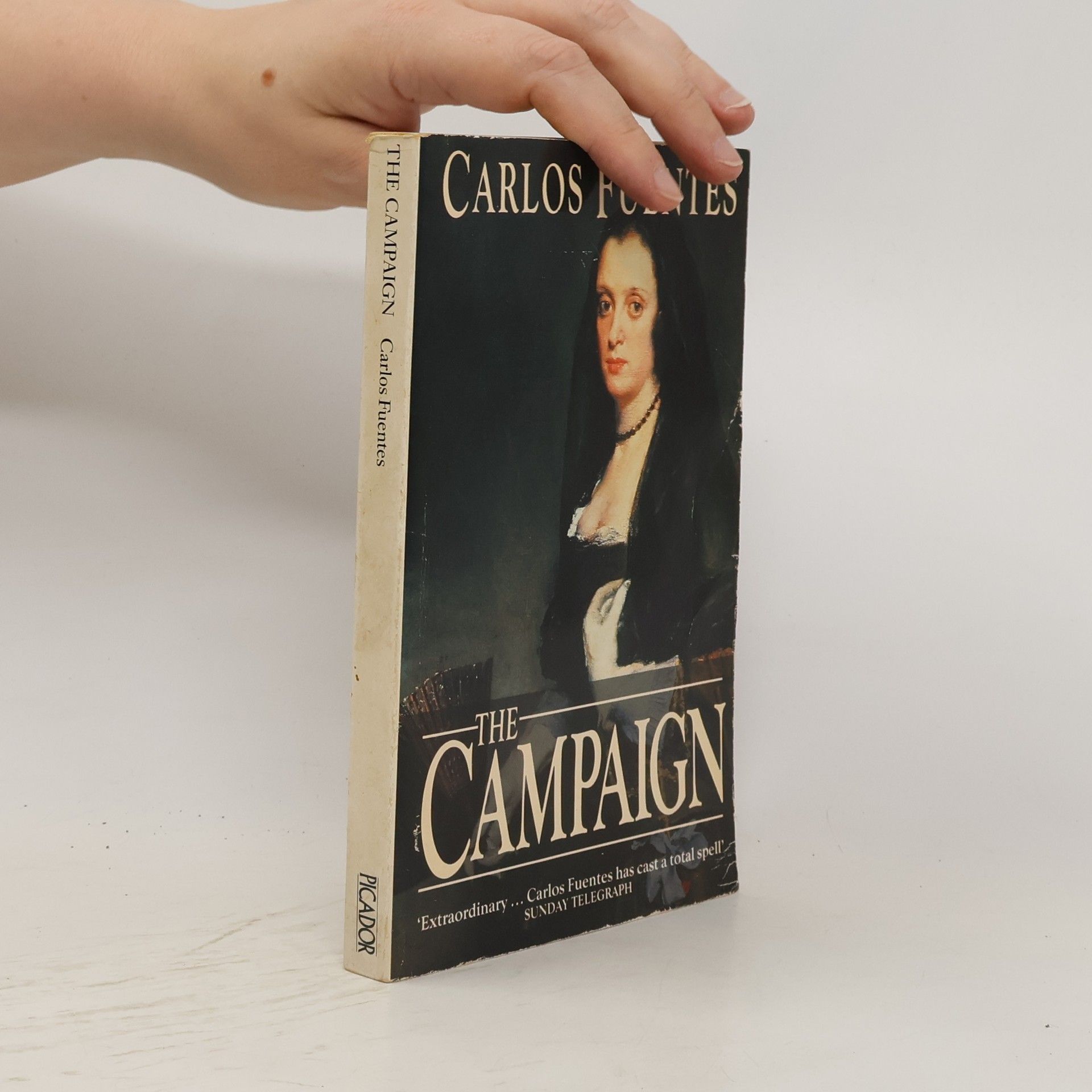
- 2023
- 2021
Nouvelles en espagnol / Cuentos en español
- 272 pages
- 10 hours of reading
Quatre nouvelles. Quatre histoires captivantes qui plongent le lecteur dans des univers riches et dépaysants. À Tolède, un drame va bouleverser la vie d'une jeune femme. À Paris, un traducteur arpente les rues de la Ville Lumière muni de son appareil photo dans l'espoir de réaliser un cliché extraordinaire. À Chicago, une octogénaire acariâtre embauche avec réticence une femme de ménage mexicaine. Sur une plage des îles Baléares, un homme épie un couple magnétique et tente de percer le mystère qui l'entoure. Ce recueil est une invitation à découvrir la plume de quatre auteurs emblématiques de la littérature espagnole et sud-américaine, dévoilant ainsi toute la richesse de leur langue. L'ouvrage se compose de "La force du sang" de Miguel de Cervantes, "Les fils de la vierge" de Julio Cortázar, "Les amies" de Carlos Fuentes et "Tandis qu'elles dorment" de Javier Marías.
- 2016
Nietzsche on His Balcony
- 332 pages
- 12 hours of reading
On a hot, insomniac night at the Hotel Metropol, the novelist Carlos Fuentes steps onto his balcony only to find another man on the balcony next door. The other man asks for news of the social strife turning into revolution in the unnamed city below them. He reveals himself as the 19th-century philosopher Friedrich Nietzsche, permitted to revisit earth once a year for 24 hours based on his theory of eternal return. With tenderness and gallows humor, the novelist and the philosopher unflinchingly tell the story of the beginning of the revolution, its triumph, fanaticism, terror, and retrenchment: a story of love, friendship, family, commitment, passion, corruption, betrayal, violence, and hope.
- 2010
Mexico: A higher vision
- 192 pages
- 7 hours of reading
Most beautiful book ever about Mexico. 150 aerial color photos. 145,000 sold.
- 2010
��Qu� estar�as dispuesto a hacer por la inmortalidad? �Qu� entregar�as... o a qui�n?� Piensas que todo est� bien. Eres feliz. Entonces tu jefe te encarga un trabajo extraoficial, nada muy complicado, se trata solamente de conseguir una casa para un exc�ntrico conde rumano. Una casa cerca de una barranca. Y cuando crees que has terminado con tu labor, te das cuenta de que tu pesadilla en esa casa, de ventanas tapiadas y sin espejos, apenas comienza. La sangre es tan roja hoy como hace cinco siglos... tan dulce en la Ciudad de M�xico como en la lejana Rumania... Yves Navarro ser� testigo impotente del precio que tiene la vida eterna. La sangre, la vida, lo que m�s se quiere... entregar� todo para no perderlo. Y al final, �quedar� algo? ENGLISH DESCRIPTION Life is good, everything is in order and you are happy. Then your boss gives you an unofficial assignment. Nothing complicated. He needs you to find a house for an eccentric Rumanian count, a house close to a ravine. Just when you thought your job was done, you realize that the nightmare has just begun. In this house without mirrors and walled windows, blood flows as fresh as it did five centuries before... and as sweet in Mexico City as in far away Rumania.
- 2009
Mexiko kritizuje v roce 2020 vojenskou okupaci Kolumbie Spojenými státy a odvetou Washingtonu je přerušení veškeré elektronické komunikace v zemi. Mexiko je najednou bez telefonu, faxu, rádia, televize a internetu, a to v době politické krize a s prezidentem, který je vážně nemocný. Jedním z důsledků je obnova klasické písemné komunikace. Formou dopisů mezi několika hlavními osobami románu je zachycena společenská situace plná pomluv, zrad, falešného jednání, sexuálních manipulací a nekompromisního vraždění. Přední mexický novelista Carlos Fuentes napsal sžíravou politickou satiru, která vychází ze současnosti a je stále aktuální.
- 2006
Unheimliche Gesellschaft
Sechs phantastische Erzählungen
»Die Literatur ist eine Form des Exorzismus. Sie treibt die Dämonen aus, die wir in uns haben.« Carlos Fuentes Engel und Dämonen, Gespenster und Vampire treiben ihr Unwesen mit schönen Frauen und selbstbewussten Männern. Schmal ist der Grat, der Leben und Tod, Diesseits und Jenseits voneinander trennt. Das Unheimliche kommt mit leichtem Schritt, und das alltäglich Vertraute verliert den Boden unter den Füßen. Carlos Fuentes erzählt mit subtiler Grausamkeit und anspielungsreicher Ironie. Sechs phantastische Erzählungen, sechs Variationen des Bösen. Die Mythen Mexikos bilden den Hintergrund dieser geheimnisvollen Geschichten, die auf einen ganz und gar unvorhersehbaren surrealen Show down zulaufen.
- 2006
Todas las familias felices
- 432 pages
- 16 hours of reading
A rancher wants his four sons to become priests they think differently. A mother relinquishes her career as a singer and wonders if it was worth it. Her daughter has given up on the world and lives through reality TV shows. A woman suffers her husband's sadism and remembers how their love began. The different stories in this novel are punctuated by choruses, some humorous, most of them tragic, that lend their voice to the voiceless: young beggars, raped daughters, orphans, dealers, and hard core gangs among others.
- 2005
"In this deeply personal book, the internationally renowned Mexican writer Carlos Fuentes steps back to survey the wellsprings of art and ideology, the events that have shaped our time, and his extraordinary life and fiercest passions." Arranged alphabetically from "Amore" to "Zurich," This I Believe takes us on an inner journey with a great writer. Fuentes ranges wide, from contradictions inherent in Latin American culture and politics to his long friendship with director Luis Bunuel. Along the way, we find reflections on the mixed curse and blessing of globalization; memories of a sexual initiation in Zurich; a fond tracing of a family tree heavy with poets, dreamers, and diplomats; evocations of the streets, cafes, and bedrooms of Washington, Paris, Santiago de Chile, Cambridge, Oaxaca, and New York; and a celebration of literary heroes including Balzac, Cervantes, Faulkner, Kafka, and Shakespeare.
- 2005
The diary of Frida Kahlo. An intimate self-portrait.
- 296 pages
- 11 hours of reading
The intimate life of artist Frida Kahlo is wonderfully revealed in the illustrated journal she kept during her last 10 years. This passionate and at times surprising record contains the artist's thoughts, poems, and dreams; many reflecting her stormy relationship with her husband, artist Diego Rivera, along with 70 mesmerising watercolour illustrations. The text entries in brightly coloured inks make the journal as captivating to look at as it is to read. Her writing reveals the artist's political sensibilities, recollections of her childhood, and her enormous courage in the face of more than thirty-five operations to correct injuries she had sustained in an accident at the age of eighteen.

